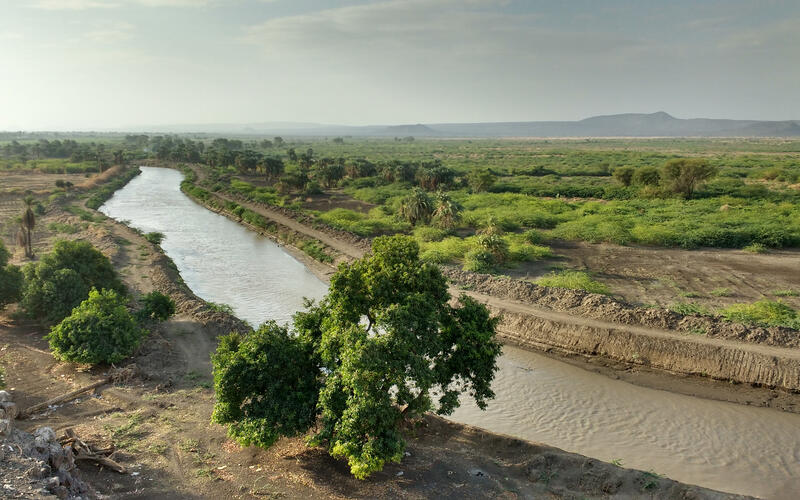Pesticides and water scarcity: A deadly combination

Pesticides and water scarcity: A deadly combination
Expanding on previous studies, a team of researchers recently found that pesticides pose a greater risk to ecosystem health than previously recognized. This risk is magnified in places with water scarcity.
Tang, Fiona H. M., Manfred Lenzen, Alexander McBratney, and Federico Maggi. “Risk of Pesticide Pollution at the Global Scale.” Nature Geoscience 14, no. 4 (April 2021): 206–10. https://doi.org/10.1038/s41561-021-00712-5.
Pesticides are controversial. On the one hand, they’ve helped increase agricultural productivity by eliminating insects and other organisms that harm crops. On the other hand, the active ingredients that suppress these pests can also be toxic to humans and other non-target organisms if present in high enough concentrations.
In their recent study published in Nature Geoscience, researchers Fiona Tang, Manfred Lenzen, Alexander McBratney, and Federico Maggi found that the risk of environmental pesticide contamination is much larger than previously calculated. They based their study on an expanded list of 92 active ingredients in pesticides —the largest range to date. Using detailed data from the U.S. Geological Survey and the U.N. Food Agriculture Organization, the researchers predicted where the concentration of each ingredient was at potentially toxic levels and where the concentration was at such a high level that it could be considered a high risk to ecosystems. In total, the team classified 12.1 million km2 as high risk, including 33 percent of agricultural land in the United States. While the article doesn’t specify the risk posed by each active ingredient, it references various studies linking pesticide concentration in the environment to ecological harms, like fish kills.
The researchers also found that water scarcity compounds the environmental impacts of these pesticides. Pesticides applied on agricultural land often wash away into rivers and groundwater when it rains. Water bodies with greater flows are better able to flush out pesticides and dilute their concentrations. Conversely, in agricultural areas where water is scarce, the active ingredients in pesticides tend to accumulate in water bodies at higher concentrations. In total 620,000 km2 of agricultural land across the world, an area roughly the size of Texas, is subject to both water scarcity and pesticide accumulation risks. These areas may risk ecosystem losses if pesticide contamination is not limited. This is particularly true in areas with high biodiversity. Based on the combined factors of pesticide concentration, water scarcity, and high biodiversity, the researchers pinpointed priority watersheds in Mexico, India, Ecuador, Argentina, South Africa, China, and Australia, highlighting that pesticide contamination is truly a global problem.
Pesticide use will likely grow in response to a growing global population and increased food demand. Areas faced with water scarcity are especially vulnerable to water quality impacts and ecosystem losses. To mitigate the impacts of pesticides, the researchers advocate for increased research on pesticides in aquatic ecosystems and political action to achieve sustainable pesticide use, especially in regions where pesticides already threaten ecosystem health. Together, research and political action might guide pesticide application in such a way that the concentration of active ingredients avoids toxic levels.




